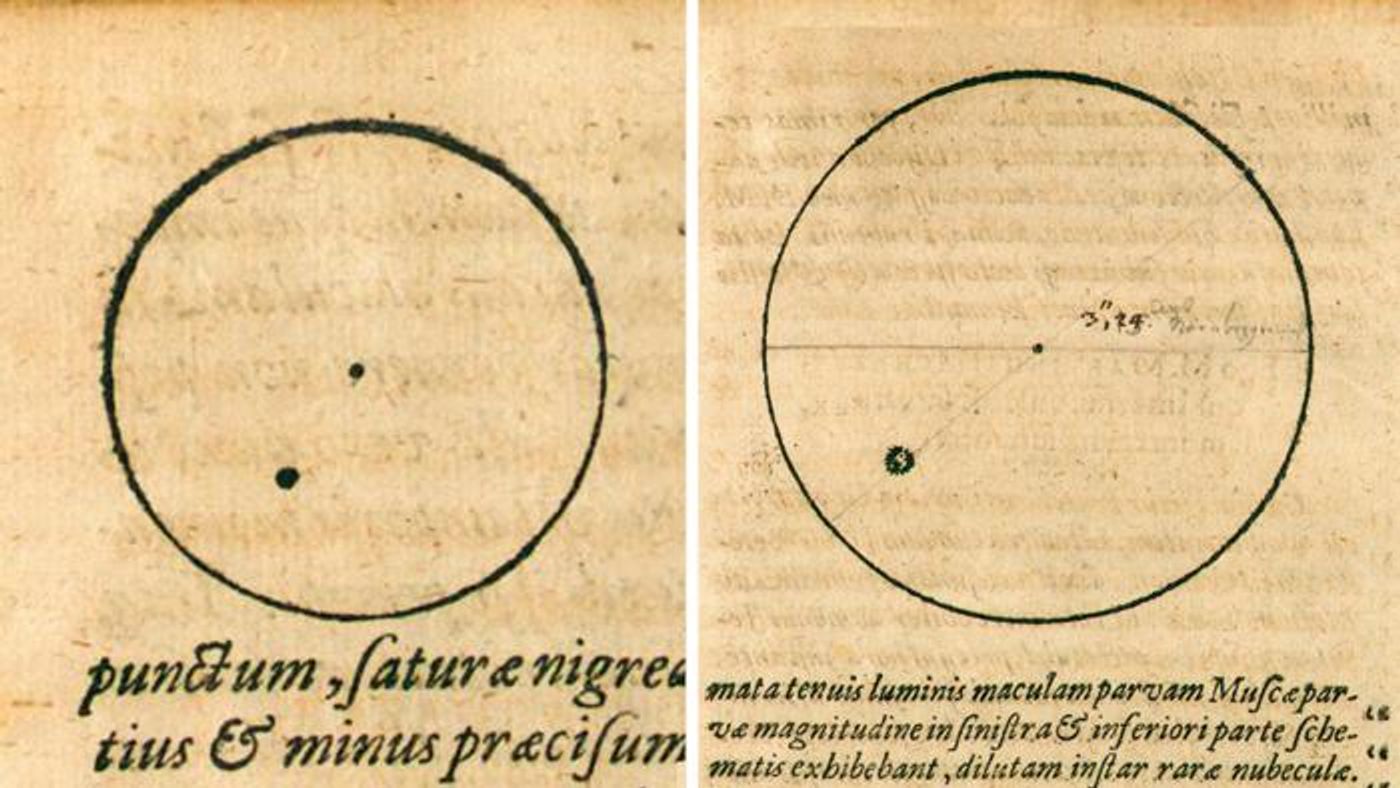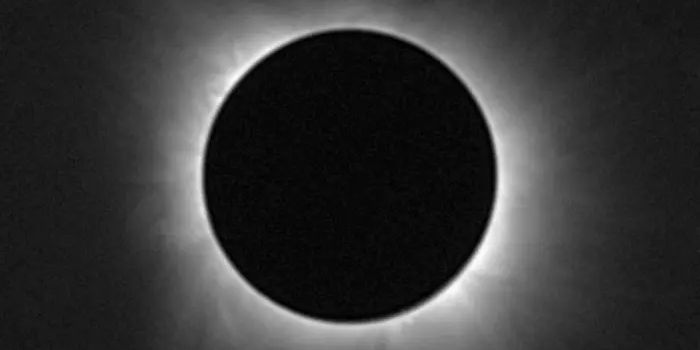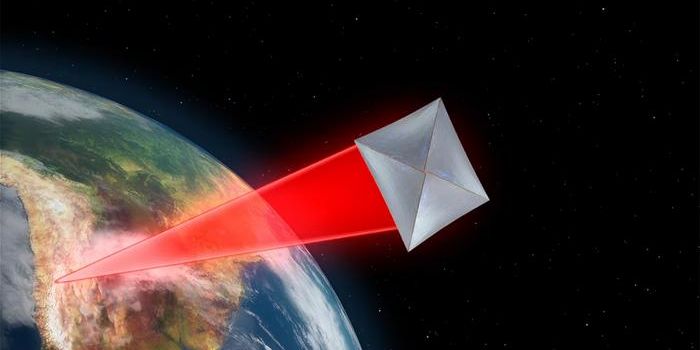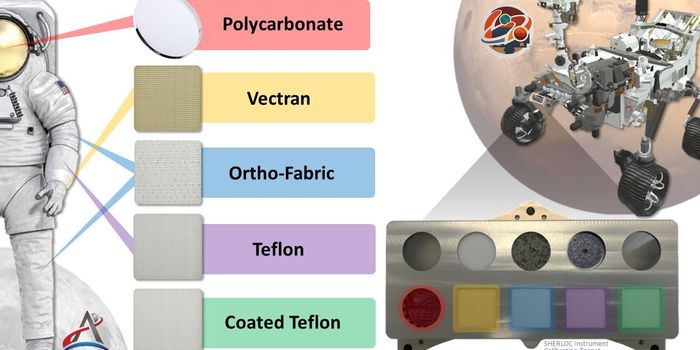17th Century Sunspot Drawings Could Help Solve 400-Year-Old Solar Cycle Mystery
How can 400-year-old sunspot drawings help modern-day scientists with solar cycles? This is what a recent study published in The Astrophysical Journal Letters hopes to address as an international team of researchers used 400-year-old drawings of sunspots to better understand solar cycles and how we can study them in the future. This study holds the potential to help researchers use non-electronic scientific tools to gain greater insight into scientific discoveries around the world.
For the study, the researchers examined drawings of sunspots made by Johannes Kepler in 1607 along with past notes to ascertain which solar cycle these sunspots belonged to, which could help astronomers piece together solar cycles during that time and predict them, as well.
Drawings of sunspots made by Johannes Kepler in 1607. (Credit: Kepler, J. 1609, Phaenomenon singulare seu Mercurius in Sole, Thomae Schureri, Lipisiae.)
“Since this record was not a telescopic observation, it has only been discussed in the context of the history of science and had not been used for quantitative analyses for the solar cycles in the 17th century,” said Hisashi Hayakawa from Nagoya University and lead author of the study.
In the end, the researchers discovered the location of Kepler’s sunspots on the Sun, they occurred at the end of solar cycle-13 and the beginning of solar cycle-14, the sunspot locations contradict telescopic observations, and narrowed down the dates of solar cycles 13 and 14 between 1607 and 1610.
Better understanding past solar cycles will enable researchers to better predict them in the future, and this study also demonstrates how past scientific tools can be used to make modern day scientific discoveries. Understanding solar cycles will enable scientists to be better prepared for incoming space weather that can wreak havoc on satellites and ground stations, as well.
“Kepler contributed many historical benchmarks in astronomy and physics in the 17th century, leaving his legacy even in the space age,” said Hayakawa. “Here, we add to that by showing that Kepler’s sunspot records predate the existing telescopic sunspot records from 1610 by several years. His sunspot sketches serve as a testament to his scientific acumen and perseverance in the face of technological constraints.”
What new discoveries will researchers make between past drawings and current science in the coming years and decades? Only time will tell, and this is why we science!
As always, keep doing science & keep looking up!
Sources: The Astrophysical Journal Letters, EurekAlert!









